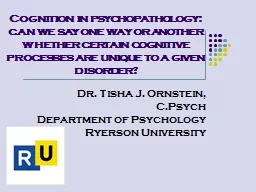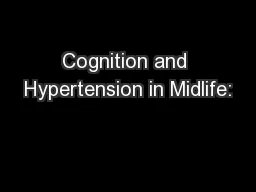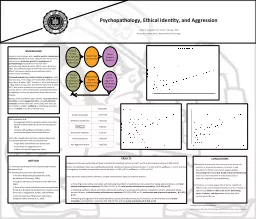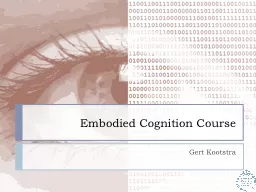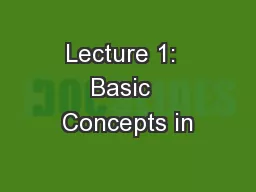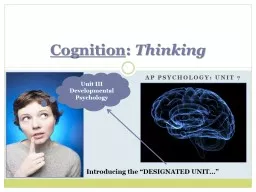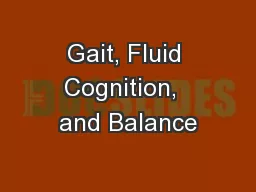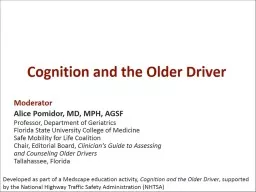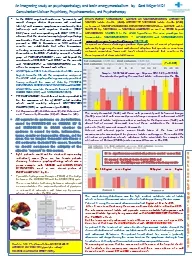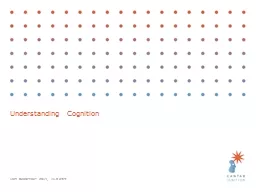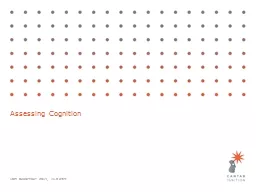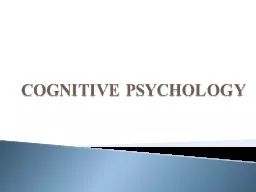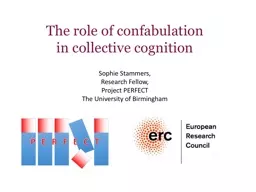PPT-Cognition in psychopathology: can we say one way or another whether certain cognitive
Author : lindy-dunigan | Published Date : 2018-02-05
Dr Tisha J Ornstein CPsych Department of Psychology Ryerson University Overview Why are neuropsychologists special particular way of thinking eg Phineas Gage research
Presentation Embed Code
Download Presentation
Download Presentation The PPT/PDF document "Cognition in psychopathology: can we say..." is the property of its rightful owner. Permission is granted to download and print the materials on this website for personal, non-commercial use only, and to display it on your personal computer provided you do not modify the materials and that you retain all copyright notices contained in the materials. By downloading content from our website, you accept the terms of this agreement.
Cognition in psychopathology: can we say one way or another whether certain cognitive: Transcript
Download Rules Of Document
"Cognition in psychopathology: can we say one way or another whether certain cognitive"The content belongs to its owner. You may download and print it for personal use, without modification, and keep all copyright notices. By downloading, you agree to these terms.
Related Documents

